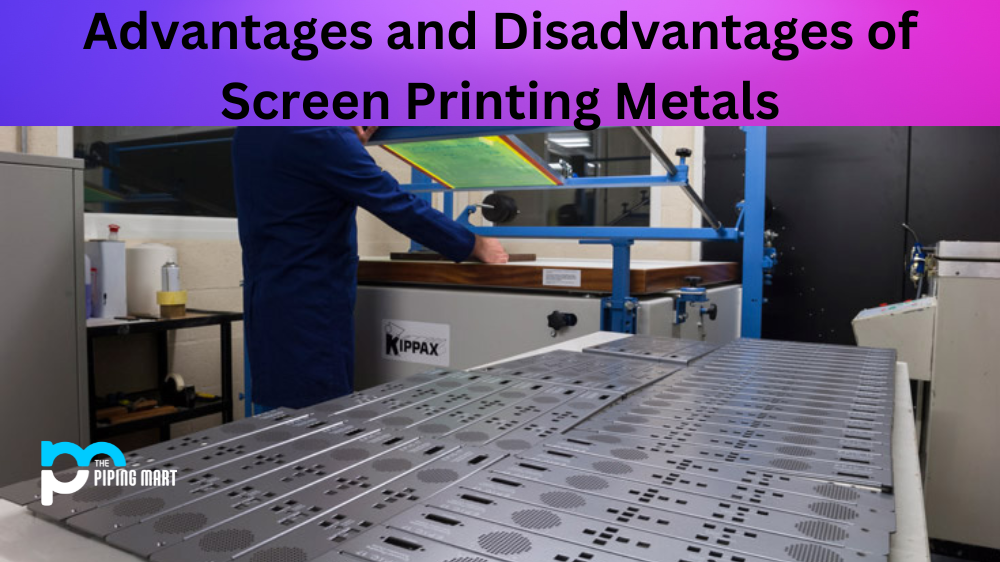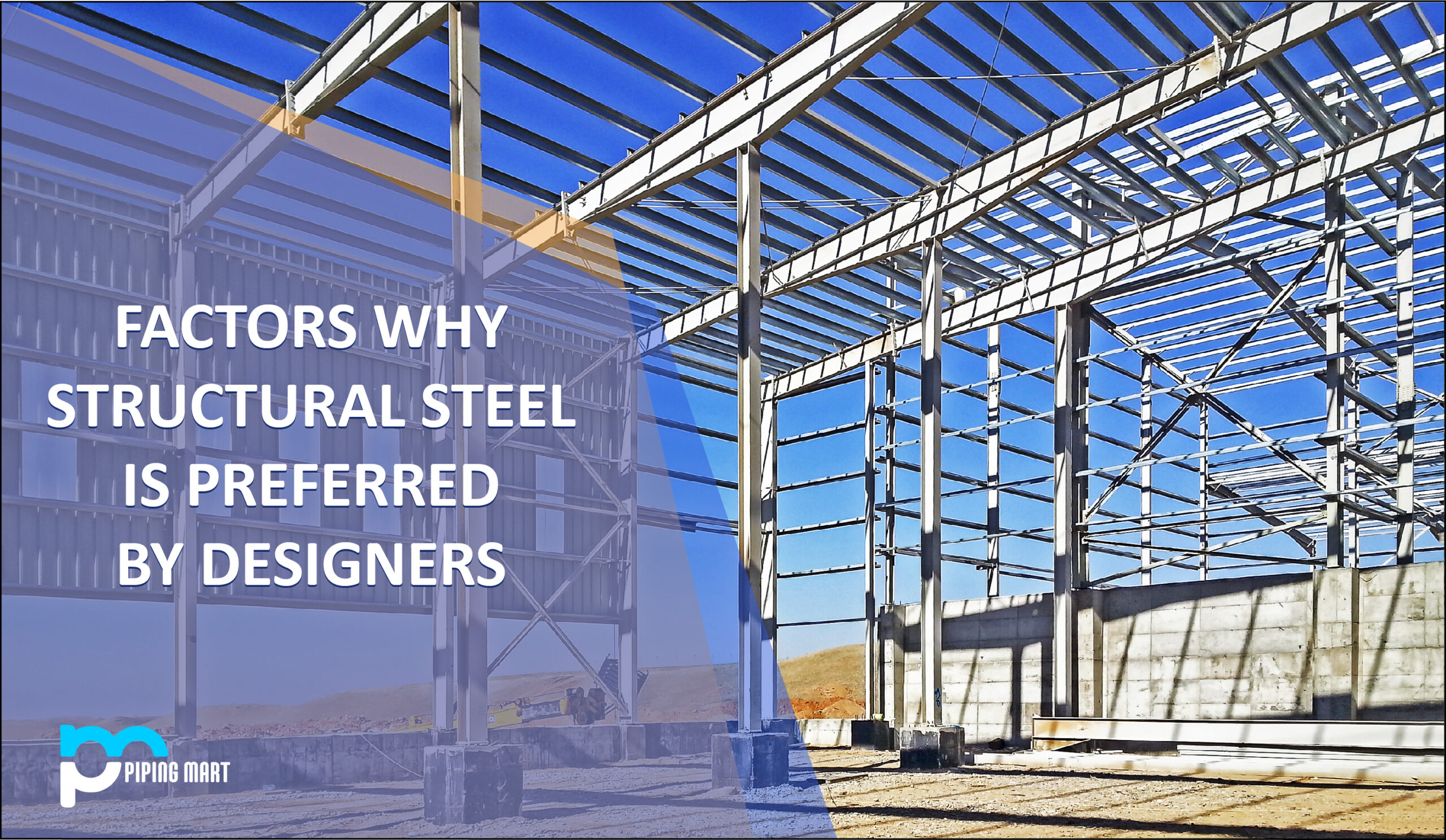Screen printing metals is a popular method for decorating, protecting, and labelling metal surfaces. This process involves applying a thin layer of ink or paints to the surface of the metal with a screen made from mesh fabric. It’s an affordable way to create high-quality prints that can last for years. However, you should consider some advantages and disadvantages before deciding if this is the right method for your project. Let’s take a look at some of them.
Advantages of Screen Printing Metal
One of the biggest advantages of screen printing metal surfaces is that it produces high-quality prints that won’t fade over time. Inks and paints used in this process are designed to adhere well to metal surfaces and can even be applied in multiple layers for an even better finish. Additionally, screen printing plates are relatively inexpensive compared to other methods, such as laser engraving or electroplating. This makes it an ideal choice for projects on a budget or when you need large quantities of prints quickly.
Another advantage of using screen printing on metal surfaces is its versatility. This process can be used to print on any type of metal—from stainless steel to aluminium—and it can also be used to print on curved surfaces as well as flat ones. Additionally, many different inks and paints can be used with this method, and they come in various colours, so you have more options when creating your design.
Increased Efficiency
Screen printing of metals is a highly efficient process that can be used to produce large quantities of metal products quickly and easily.
Reduced Costs
Screen printing of metals is also a very cost-effective process, as it requires less energy and materials than other methods of metal printing.
Increased Durability
Screen-printed metals are also more durable than those produced using other methods, as the ink is bonded to the metal surface more securely.
Improved Aesthetics
Screen-printed metals often have a more aesthetically pleasing appearance than those produced using other methods, as the ink can be applied more evenly and smoothly.
Greater Versatility
Screen printing of metals is also a very versatile process that can be used to create a wide variety of metal products, including signs, posters, and even jewelry.
Disadvantages of Screen Printing Metal
While screen printing metals have many benefits, there are some issues that you should take into consideration before deciding if this method is right for your project. One disadvantage is that the finished product may not last as long as other methods, such as laser engraving or electroplating, because the ink may fade over time depending on how much wear and tear it receives. Another issue is that complex designs may be difficult to achieve with this method due to its limitations with intricate lines or small details. Finally, depending on which type of ink or paint you use, additional restrictions, such as chemical resistance or temperature tolerance, could affect how long your prints last.
Limited to Flat Surfaces
One of the primary disadvantages of screen printing is that it is limited to flat surfaces. This means that it cannot be used to print on curved or three-dimensional surfaces. Additionally, screen printing can only be used on a limited range of materials, including metals, glass, and plastics.
Low Resolution
Another disadvantage of screen printing is that it has a low resolution. This means that the printed image will not be as sharp as it would be if it were printed using a different method. Additionally, screen printing is not well suited for printing small images or text.
Time-Consuming
Screen printing can also be quite time-consuming, as each colour must be printed separately. This can make screen printing impractical for large-scale projects or projects with tight deadlines.
Requires Specialized Equipment
Screen printing also requires specialized equipment, which can be expensive to purchase or rent. Additionally, screen printing requires the use of chemicals, which can be hazardous if not used properly.
Conclusion:
Screen printing metals are an excellent option for producing high-quality prints quickly and affordably without sacrificing quality or detail accuracy. While there are some drawbacks, such as potential fading over time and difficulty achieving complex designs, choosing the right type of ink or paint for your project’s needs can often be avoided. Overall, screen printing metals remain a popular choice among those looking to decorate, protect, or label metal surfaces due to their affordability and versatility.

A passionate metal industry expert and blogger. With over 5 years of experience in the field, Palak brings a wealth of knowledge and insight to her writing. Whether discussing the latest trends in the metal industry or sharing tips, she is dedicated to helping others succeed in the metal industry.




